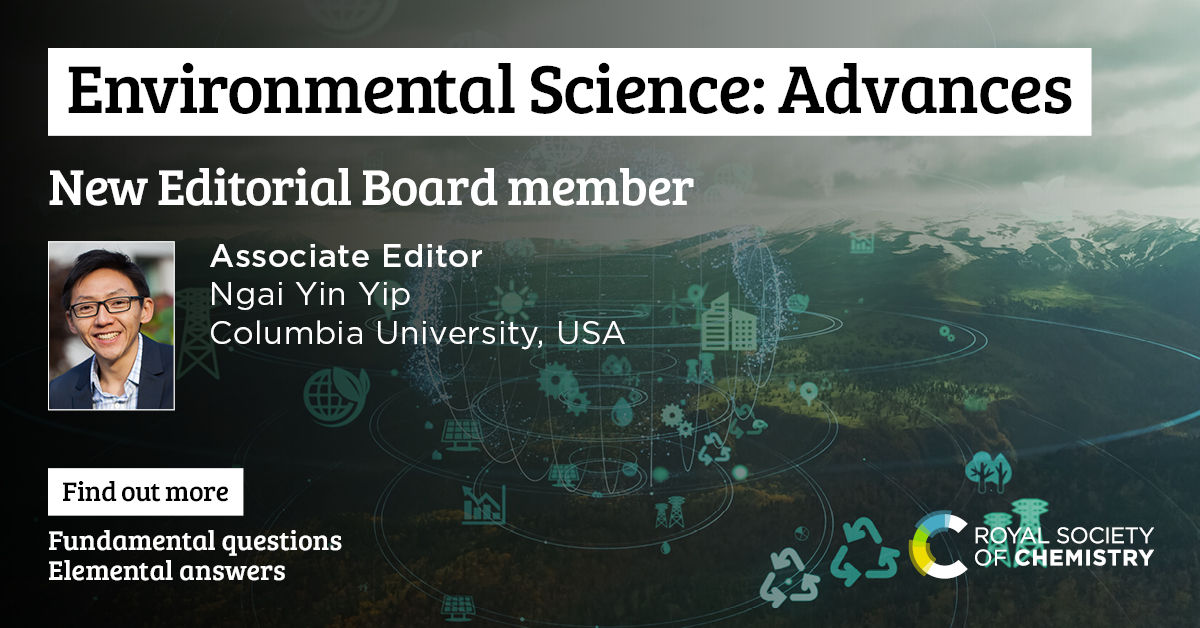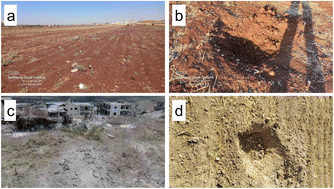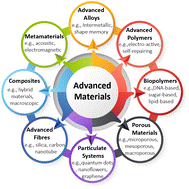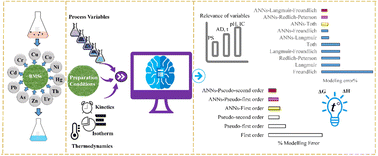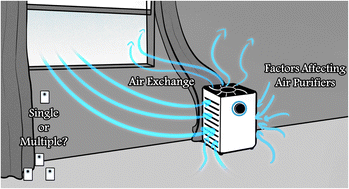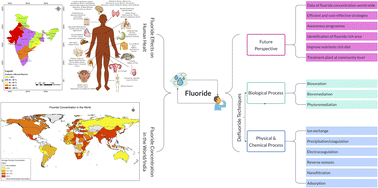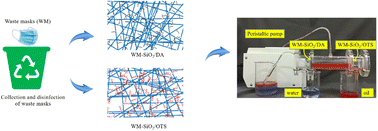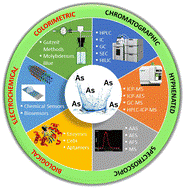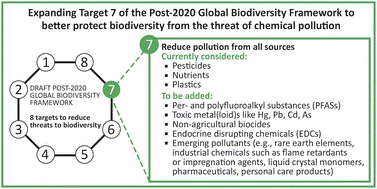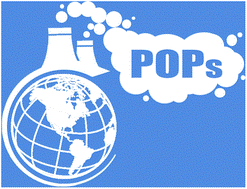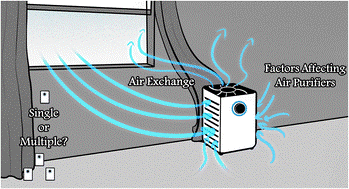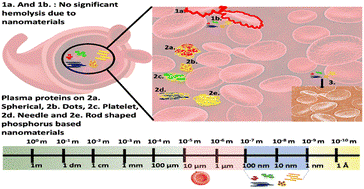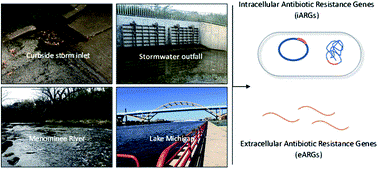Environmental Science: Advances is pleased to present a new themed collection on the topic of PFAS science.
This collection aims to update recent developments in PFAS understanding in chemistry and adjacent fields. The collection seeks contributions from a variety of fields, including but not limited to green and environmentally friendly recycling methods, toxicity studies, health impact & risk assessment and remediation.
Topics include, but are not limited to:
- How PFAS materials enter our environmental systems
- Development of alternative materials
- Methods of contamination prevention
- Human exposure and toxicity
- How PFAS contaminants enter our eco systems
- The effect of PFAS of natural systems
- Remediation and recovery of damaged and polluted soils
- Water remediation methods for PFAS removal
Environmental Science: Advances is a gold open access journal and covers advances in all areas related to environmental sustainability. Authors are welcome to submit original research as a Communication, Full Paper or Review article. Please contact the editorial office to register your interest or for more information. Alternatively, you can submit a manuscript here.
All manuscripts will be subject to the journal’s usual peer review process. Accepted manuscripts will be added to the online collection as soon as they are online and will be published in a regular issue of Environmental Science: Advances.


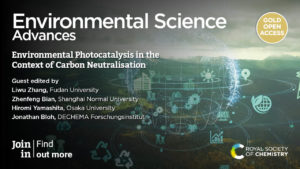
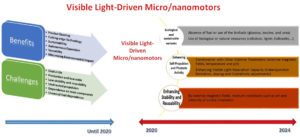
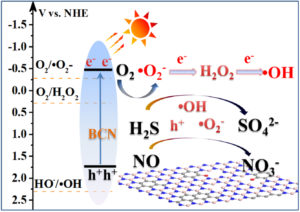
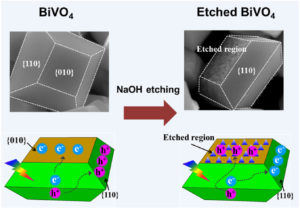
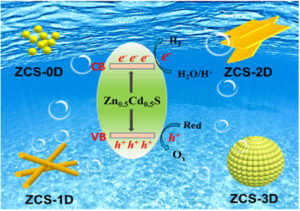
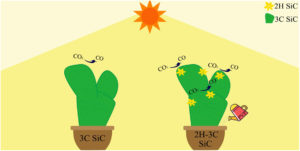
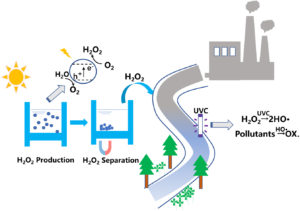
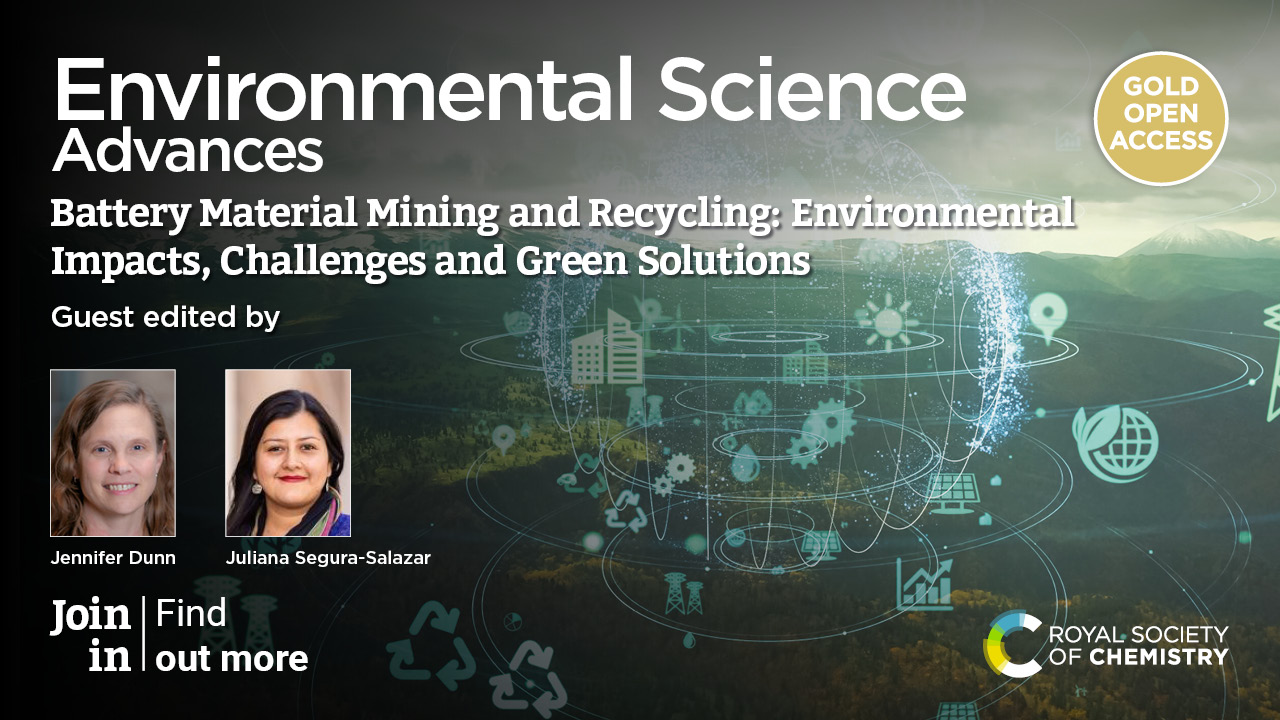

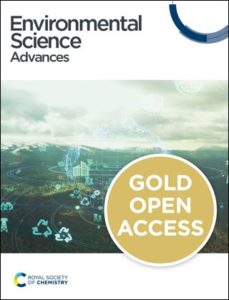

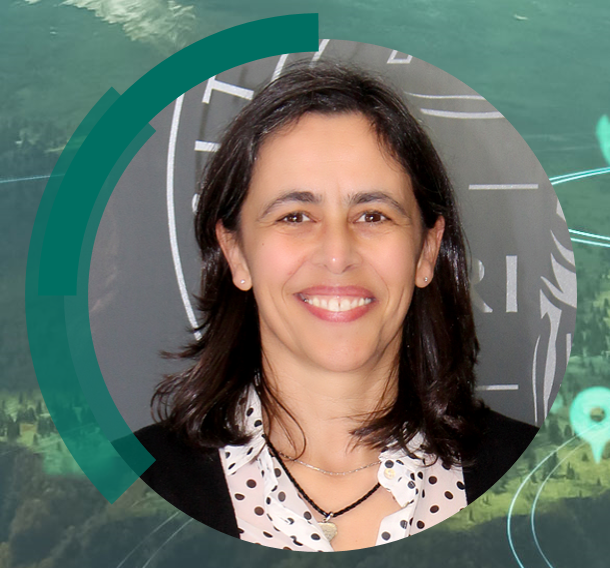 “It’s good to know that our work is appreciated and useful to our colleagues. Research on antimicrobial resistance and its impact on the environment has grown and become more visible over the past decades, thanks to excellent contributions from researchers around the world. This is one of those occasions when you realise that doing research means working in a huge, global community.
“It’s good to know that our work is appreciated and useful to our colleagues. Research on antimicrobial resistance and its impact on the environment has grown and become more visible over the past decades, thanks to excellent contributions from researchers around the world. This is one of those occasions when you realise that doing research means working in a huge, global community.